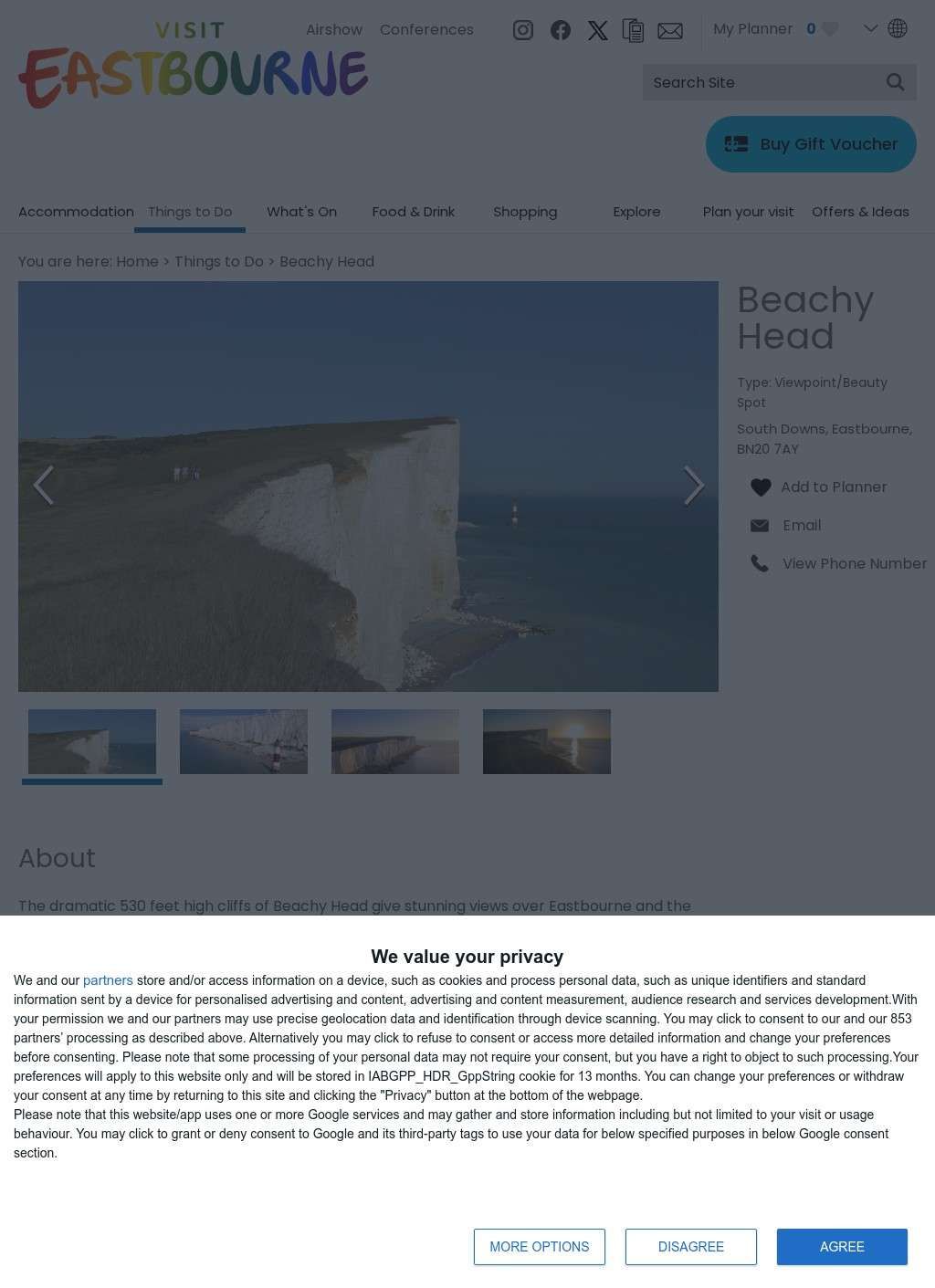Beachy Head represents one of Britain's most dramatic natural landmarks, where gleaming white chalk cliffs rise 531 feet above the English Channel, creating a spectacular vista that has captivated visitors for centuries. Located within the Eastbourne Downland Estate and forming part of the South Downs National Park, this iconic headland offers breathtaking panoramic views stretching from Dungeness in the east to the Isle of Wight in the west. The name derives not from any beach but from the French 'beau chef' meaning beautiful headland, perfectly capturing the majestic nature of these towering cliffs that have become synonymous with the English coastline and featured in countless films, television programmes, and works of art.
The geological significance of Beachy Head extends far beyond its visual impact. Formed during the Late Cretaceous period between 66 and 100 million years ago when the area lay beneath a warm tropical sea, the chalk cliffs consist of compressed remains of countless microscopic marine organisms called coccoliths. This pure white chalk, uplifted during the Cenozoic Era and dramatically exposed when rising sea levels created the English Channel at the end of the last ice age, continues to erode at approximately 30-40 centimetres annually. This ongoing erosion creates the sheer cliff faces whilst revealing fossils and geological features that attract researchers and amateur geologists alike, making Beachy Head a living textbook of Earth's ancient history.
As a visitor destination, Beachy Head offers experiences ranging from gentle countryside walks to challenging hiking routes. The South West Coast Path provides spectacular cliff-top walking, whilst the accessible Peace Path enables wheelchair users and those with limited mobility to enjoy the stunning views. The Beachy Head Countryside Centre serves as an excellent starting point, offering information about the area's natural history, walking routes, and safety guidance. Pay-and-display parking facilitates access, though the site can become extremely busy during summer weekends and holidays. The nearby Beachy Head pub provides refreshments and meals with panoramic views, making it a popular stop for walkers and day-trippers exploring this Area of Outstanding Natural Beauty.
The cultural significance of Beachy Head permeates British consciousness through its appearances in numerous films and television productions. Hollywood blockbusters including Harry Potter and the Goblet of Fire, James Bond's The Living Daylights, Robin Hood: Prince of Thieves, and Notes on a Scandal have utilised the dramatic clifftop setting. Television series like Luther have featured the location, whilst historical connections include the scattering of Friedrich Engels' ashes from the cliffs and inspiration for literary works from Charlotte Smith's 1807 poem 'Beachy Head' to contemporary references. The lighthouse below, with its distinctive red and white stripes, has operated since 1902, replacing the Belle Tout lighthouse when fog frequently obscured the cliff-top light.
Wildlife thrives in the unique habitat created by the chalk grassland and cliff environment. The area supports numerous rare plant species adapted to the thin, alkaline soils, including several orchid varieties and the round-headed rampion, known as the 'Pride of Sussex'. Seabirds nest on the cliff faces, including fulmars, kittiwakes, and guillemots, whilst the grassland supports diverse butterfly populations and other invertebrates. The Beachy Head area forms part of a larger Site of Special Scientific Interest, recognising its importance for biodiversity conservation. This ecological richness adds another dimension to visits, with many people coming specifically for wildlife watching and botanical interests.
Management of Beachy Head requires delicate balancing of conservation, public access, and safety considerations. Eastbourne Borough Council, which owns the land as part of the 4,000-acre Eastbourne Downland Estate purchased in 1929 to prevent development, works with various partners including the National Trust, South Downs National Park Authority, and emergency services. The Beachy Head Chaplaincy Team provides support services, whilst coastguard teams manage rescue operations. Annual events like the Beachy Head Marathon in October attract thousands of participants tackling the challenging 26-mile course across the undulating terrain, demonstrating how the landscape serves both contemplative appreciation and active recreation.
Looking to the future, climate change and increasing visitor numbers present management challenges for this iconic location. Coastal erosion may accelerate with rising sea levels and increased storm intensity, potentially requiring difficult decisions about infrastructure and access. Sustainable tourism practices become increasingly important as visitor numbers grow, with initiatives needed to protect the fragile chalk grassland ecosystem whilst maintaining public enjoyment. Educational programmes help visitors understand both the natural significance and safety considerations of the cliff environment. Through careful stewardship, Beachy Head will continue serving as a place of natural beauty, scientific interest, and cultural significance, remaining one of Britain's most cherished landscapes where the ancient land meets the eternal sea in dramatic fashion.
